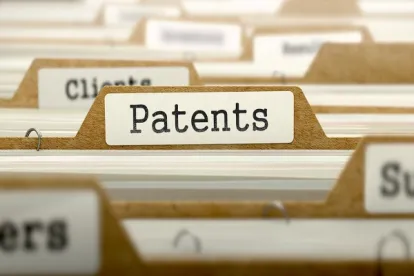In Ex parte Grillo-López, Appeal 2018-006082 (Jan. 31, 2020), the USPTO’s Patent Trial and Appeal Board (“PTAB”) held that the standard for a Patent Examiner to show that a reference qualifies as a “printed publication” under 35 U.S.C. § 102(b) is significantly lower than that required of a petitioner in a contested proceeding, such as an IPR or PGR. On April 7, 2020, the PTAB designated this 3-Judge panel decision as “precedential,” meaning that it is now binding authority in all USPTO ex parte proceedings. In view of this new case, patent practitioners should be prepared to provide compelling evidence to rebut an Examiner’s reliance on a reference as a “printed publication.”
In reaching its recent decision, the PTAB recognized that in the IPR/PGR context, “a petitioner is required to present evidence and arguments sufficient to show that it is reasonably likely that it will prevail in showing the unpatentability of the challenged claims." Hulu, LLC v. Sound View Innovations, LLC, IPR2018-01039, Paper 29 at 13 (PTAB Dec. 20, 2019) (precedential) (citing 35 U.S.C. §§ 312(a)(3), 314(a)). Accordingly, in contested cases, “at the institution stage, the petition must identify, with particularity, evidence sufficient to establish a reasonable likelihood that the reference was publicly accessible before the critical date of the challenged patent and therefore that there is a reasonable likelihood that it qualifies as a printed publication.” Id.
However, in the ex parte patent prosecution context, the PTAB relied on a series of earlier Board decisions, which held: [T]he examiner met his burden of proof by setting forth the nominal publication date. . . . The Patent and Trademark Office is in no position to establish any thing beyond that. The burden is clearly upon appellants to disprove the prima facie publication date established by the examiner.” Ex parte Grillo-López, Opinion at 2 (quoting Ex Parte Albert, 18 USPQ.2d 1325 (BPAI 1984)) (emphasis added). The PTAB thus concluded that “the framework set forth in the Hulu decision for IPR proceedings does not apply to [patent] examination.” Id. at 3.
Of particular interest here is that the cited reference at issue was an FDA transcript, which in an earlier IPR proceeding had been found by the PTAB to not satisfy Section 102(b)’s “printed publication” requirement. However, in an apparent about-face, in the context of subsequent ex parte patent prosecution, the Patent Examiner cited this same FDA transcript as a prior art “printed publication.” To reconcile these facially inconsistent findings, in Ex parte Grillo-López the PTAB held:
Given the different legal frameworks and burdens for establishing a reference as prior art in IPR proceedings [compared to ex parte patent] examination, the Decision is not contrary to the Board decisions finding that a petitioner failed to meet its burden of showing that the FDA transcript is a printed publication.
Id. Accordingly, patent practitioners should not expect Patent Examiners to be held to a high standard when citing a reference as a purported prior art “printed publication.” Instead, practitioners should be prepared to present compelling rebuttal evidence to demonstrate that the cited reference does not satisfy Section 102(b)’s printed publication requirements. In addition, IPR/PGR practitioners should evaluate whether a prior art reference, whose status as a “printed publication” is arguable, might be better suited for a request for ex parte reexamination rather than an IPR/PGR petition.



 />i
/>i

